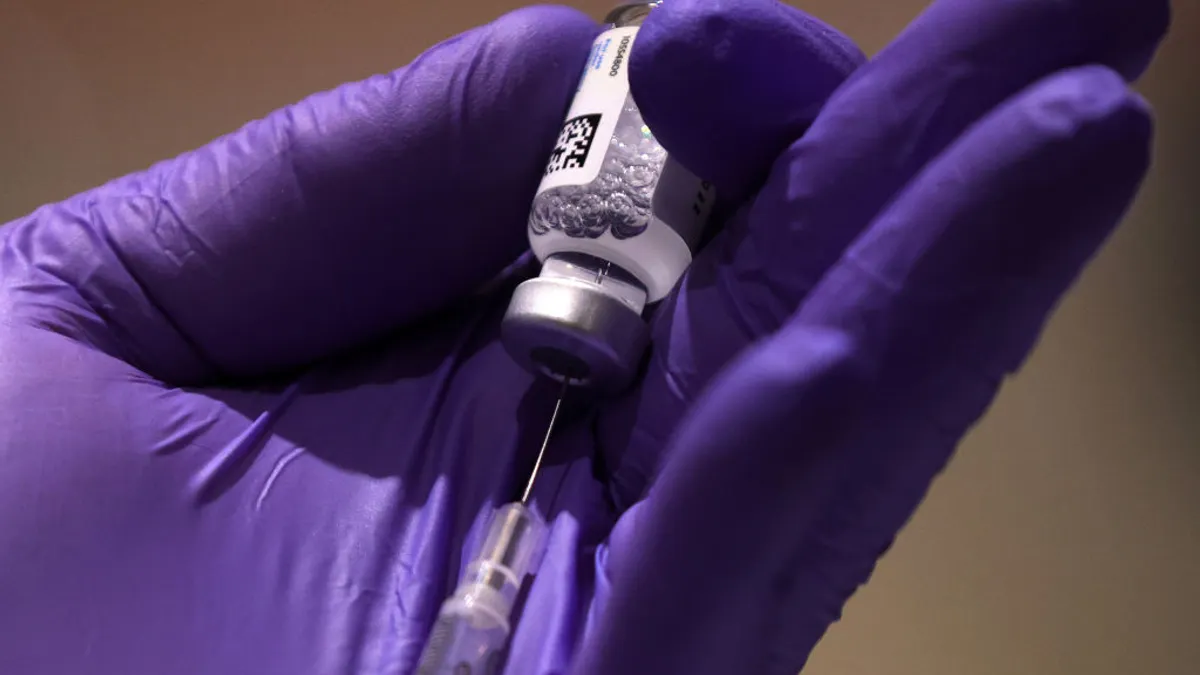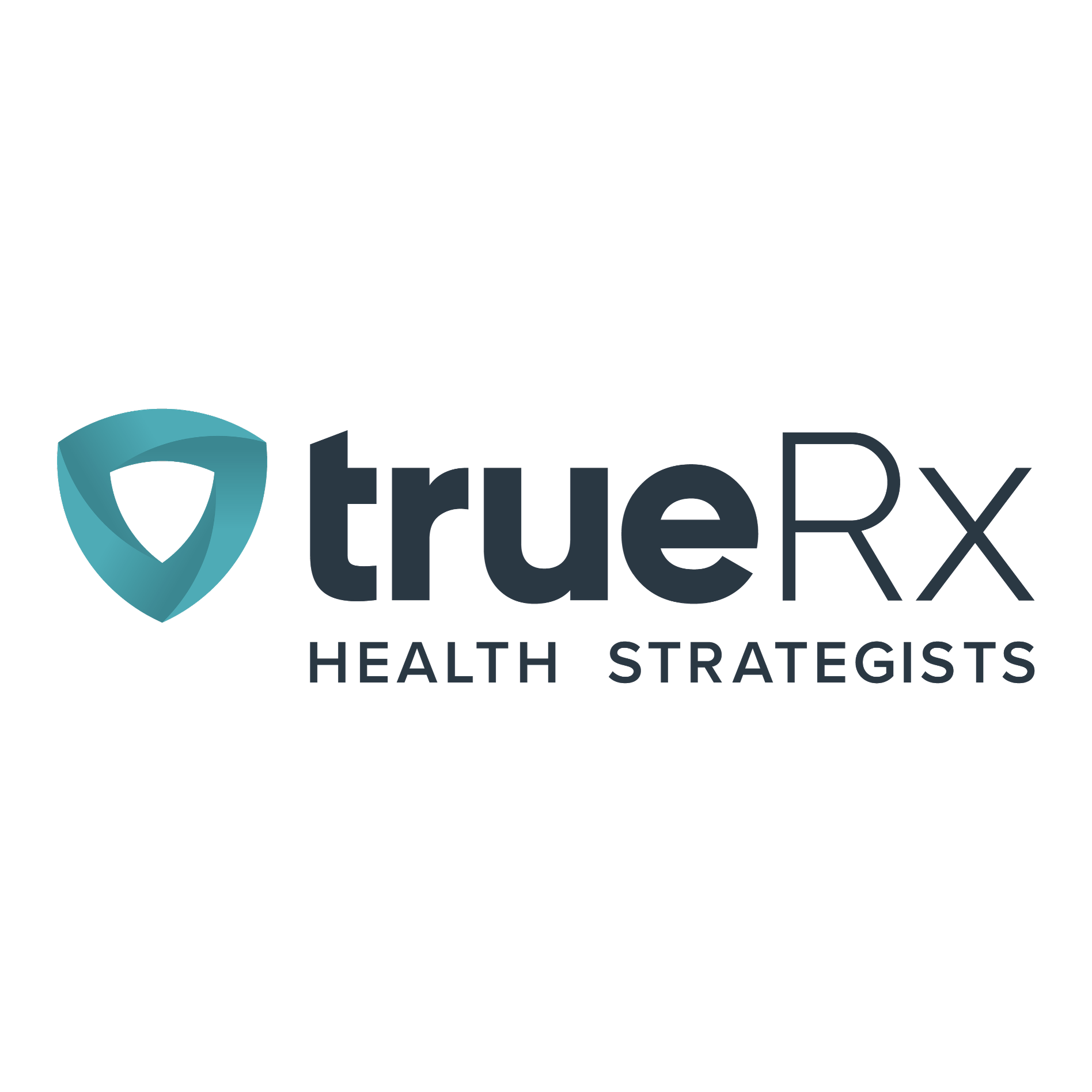Despite the biotech market’s ups and downs in 2021, investor enthusiasm has not waned for companies that have a good story to tell around a breakthrough product or platform. And much of those scientific breakthroughs and platform advances are happening within emerging and clinical-stage biotech companies.
For our new series, “Biotech Spotlight,” featuring CEOs of some of these game-changing companies, we spoke with Jim Anthony, executive vice president and global head of Parexel Biotech, a global CRO and biopharma services company. Anthony discussed how companies can boost their prospects of winning investor buy-in.
“Biotech companies are significant drivers of innovation for drug development and our research clearly demonstrates what emerging companies need to do to successfully differentiate their value proposition to potential investors,” Anthony says. “Our research shows the importance of telling a coherent, data-driven value story.”
According to Anthony, many companies fail to gain traction with investors because they don’t adequately explain how their therapy will be differentiated in an increasingly complex environment or they lack a fast and efficient clinical development plan to support that differentiation. Research from a report on attracting early stage investment released by Parexel earlier this year, which was partially based on a survey of biopharma executives, shows “that investors seek out early-stage compounds and prioritize those with reliable data and a thoughtful clinical development plan that addresses a well-vetted unmet need.”
The research was conducted in partnership with Health Advances, Parexel’s independent strategic healthcare consulting unit.
“Investors told us they only fund a fraction of the start-ups that pitch to them,” Anthony says. “The most compelling ones can map a product’s or platform technology’s journey from basic science to commercialization.”
In the report, Parexel outlines the five ways companies can attract early-stage investors, saying that companies should: Broaden their definition of an "unmet need;" de-risk development plans; accelerate timelines with innovation; do their homework on potential investors; know their exit strategy and be flexible.
Here, Anthony discusses the lay of the land in biotech investments and what findings surprised him in Parexel’s report.
PharmaVoice: Coming out of JP Morgan last month, what were some of the major trends you identified?
Jim Anthony: There continues to be an extremely strong, and I would say, consistent message that investors remain motivated to try to address patients’ needs and drive the industry forward. There are a few people who question whether the boom market of the past year to year and half will continue, and while there’s inevitably going to be elements of a slowdown and elements of a pullback at times, there is still tremendous enthusiasm and interest by investors. People are becoming more hyper-focused on where those investments are. But I still see a huge bull market around this area of the business. Additionally, there is more focus on cell therapy than there was in the past.
Are you also noting increased investor interest in pharmaceutical partnerships more so than in the last couple of years?
I've definitely seen that. This is a big part of the report that we just published. It’s a combination of VC investors as well as large pharma investing arms. Investing in and partnering with biotech companies is clearly going to drive pharma’s future.
When we launched Parexel Biotech three years ago, the data showed that roughly 75-80% of all assets were sitting in small and mid-sized biotech customers. Today, we're seeing that this number is closer to 90%. Last year, I saw that 75% of all clinical trials starts were from emerging, small and mid-size customers. The domination of the market for both assets and clinical trials starts is data-driven, and large pharma sees its future as a partner and investor in this part of the industry.
Why are those statistics important?
These numbers reflect the environment that we see every day. Numbers like 90% of assets and 75% of clinical trials are extremely high, in the sense of what those percentages actually represent is surprising in terms of the thousands of assets and literally hundreds, if not thousands, of clinical trials starts. Large pharma is savvy and doing its homework. These companies need to meet stakeholders’ needs and they need to be very active in partnering with the biotech companies driving discovery.
Parexel Biotech tapped more than 50 different individuals and institutions for the survey. Were there any insights from the report that were surprising?
One item comes to mind, and that was the broadening definition of ‘unmet need.’ Oftentimes, and I think rightly so, when we think about unmet need we immediately identify with patients. Ultimately, our industry is about patients and delivering new therapies that improve or save patients’ lives. But from an investor’s perspective, unmet need is not only about patients. Investors have to think about the physicians and the caregivers who are delivering the therapies and the payers and how they are affected, which expands the definition of unmet need. This means there may be areas of opportunity for companies that are developing and discovering new assets or new technologies where the unmet need is not specifically about the patient and falls under this broader definition. Investors are looking at the whole portfolio of unmet needs and want to see if the market has an appetite for this type of technology or asset.
The second item investors identified in the survey was the need to have a clear understanding of the exit strategy of the individuals who are founding and launching biotech companies. This is important because the amount of investment has increased significantly. Many of the biotech companies are well-funded these days with close to three years of financing compared with just a year or two ago where on average they had two years of financing. This means investors are taking a bigger stake based on what they're providing and they're going to be more focused on the exit strategy of the founder or the people who develop the technology. Investors want to know that there are next steps in the story.
This extra funding also gets these companies that much closer to registration. Traditionally, there are a sequence of investments: There’s the first raise, then there could be a second raise — called series A, Series B, Series C. In the market that we're in right now, a couple of biotechs have gone right from the first two series to IPO in less than 18 months. This provides the company with not just one year or two years of cash, but all of a sudden the company now has $200 to $300 million on the books and the opportunity to go from first-in patient to commercialization.
At the same time, investors are looking for development plans that are well-vetted, inclusive of innovation around the plan and realistic about cost and time. It's really important for these early seed and young companies to have strong scientific boards to advise them, as well as commercial experts to advise on how to be efficient, innovative, and get to market.
What’s on the horizon?
We now have this influx of innovation in the marketplace, and now that we are working out of the pandemic, the question is how to apply the money and the innovation to an outcome. If I'm a biotech or emerging company CEO today, with sufficient cash for the moment, a technology platform, or set of assets that I really believe in, I’m thinking how I can take my innovation and get to market in 2022 rather than 2030. The thinking has shifted from the traditional eight-to-10-year plan to a development plan that leads to a commercialized asset in 12 months, 18 months, 24 months. Our biotech customers are asking how do I start getting the revenue feedback loop started and what are my specific ways of getting there? During these conversations with customers, we talk about the need for a strategy component, a regulatory guidance pathway component, and an operational innovation component. And companies want to have these conversations all at once.




















